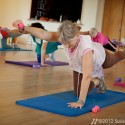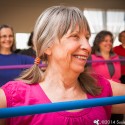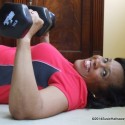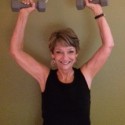

Shorter Workouts for Strong Bones
Short on time? Do shorter workouts! Sound appealing? Short, more frequent workouts can be as effective as longer workouts for strong bones! I’m often asked, “Can I do shorter workouts if I don’t have time for a full strength training workout?” The answer is, yes! You don’t have to do the whole workout at once to get the… Continue Reading








